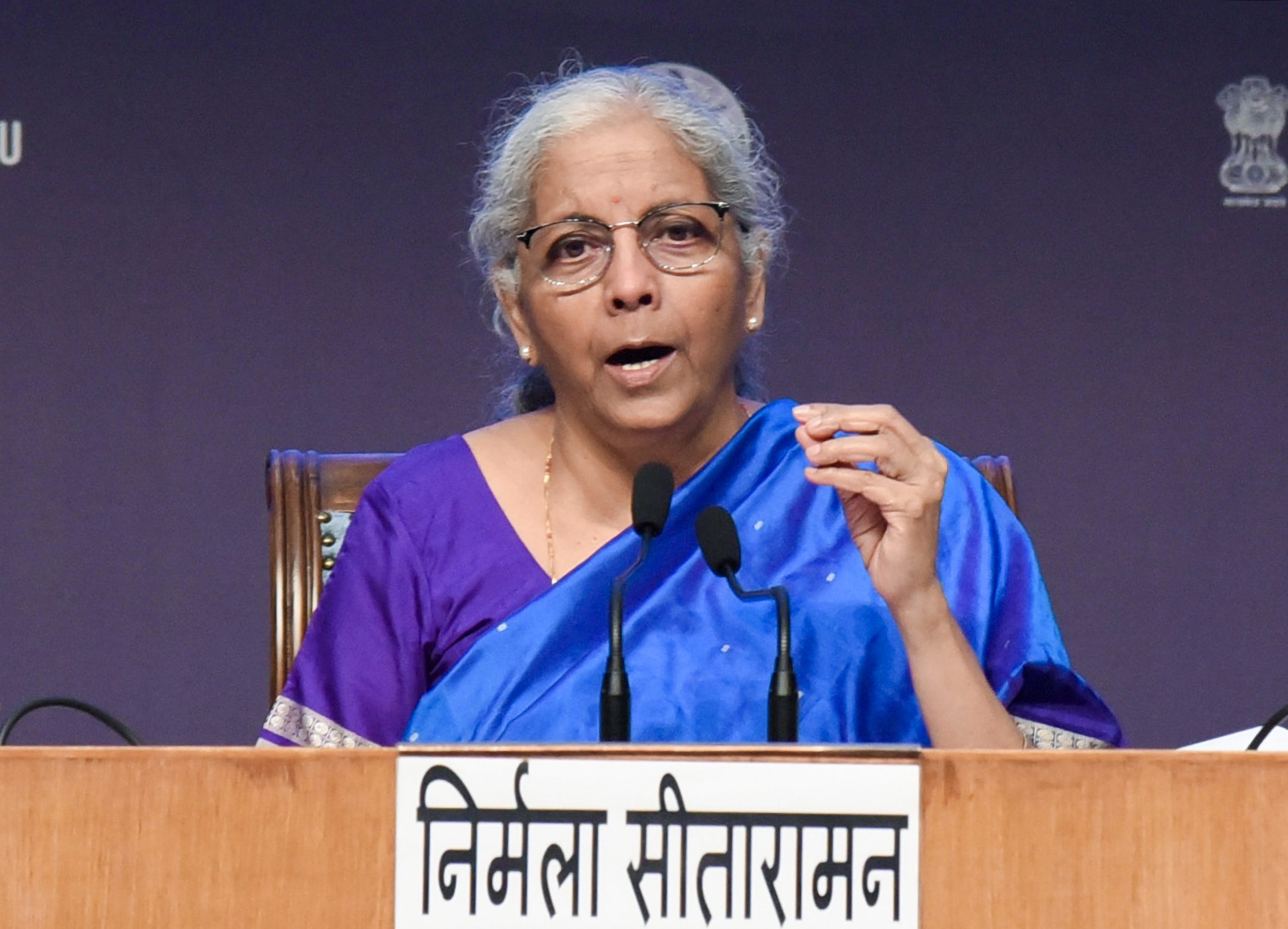The sweeping Goods and Services Tax (GST) reforms announced by the government this week are expected to have only a marginal impact on the Centre’s finances, with the fiscal cost pegged at around Rs 18,000 crore, or 0.05 per cent of India’s projected GDP for FY26, global brokerage Bernstein said in a report on Thursday.
The government on September 3 unveiled a major overhaul of the GST structure, reducing the number of tax slabs and cutting rates on a wide range of goods—from FMCG items and white goods to cars and insurance. Most of these rate cuts will come into effect from September 22.
Analysts expect the measures to stimulate demand, improve compliance, and provide a strong push to consumption-led growth.
According to Bernstein, the reforms could lead to a combined revenue loss of about Rs 1.57 lakh crore for the Centre and states, largely from lowering the 12 per cent slab to 5 per cent and scrapping the 28 per cent slab. These will be partly offset by gains from moving some items into higher tax brackets, including the new 40 per cent slab.
The Centre’s share of the loss is estimated at Rs 74,000 crore. Bernstein assumes a 5 per cent reduction in capital expenditure, worth Rs 56,000 crore, to help bridge the gap—bringing down the net fiscal burden for the Centre to Rs 18,000 crore.
HSBC, in a separate report, projected the gross revenue loss from the tax cuts at around $10.8 billion based on the FY24 consumption base. Of this, about $5.2 billion could be offset by higher collections from the new 40 per cent slab, leaving a net shortfall of $5.6 billion, or 0.16 per cent of GDP. Scaled to FY26, HSBC sees a loss of Rs 570 billion, still amounting to just 0.16 per cent of GDP over a year. With only half of FY26 remaining, the actual impact would be closer to 0.1 per cent of GDP.
Both reports suggest that while the government will take a near-term revenue hit, the long-term payoff from stronger consumption and improved tax compliance is likely to outweigh the fiscal cost.
–IANS














